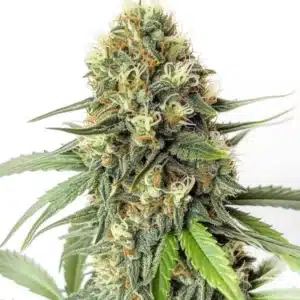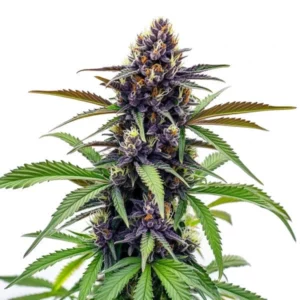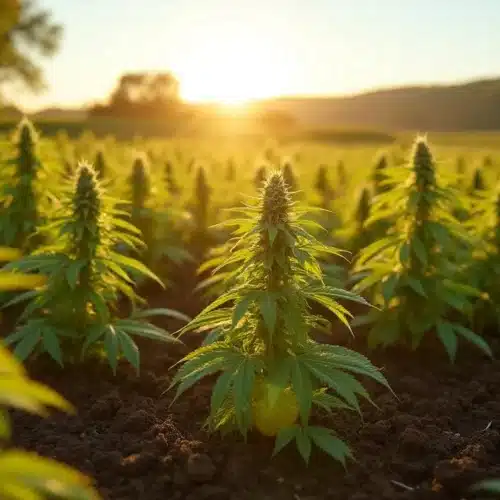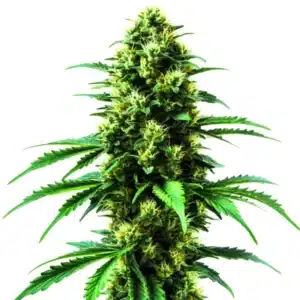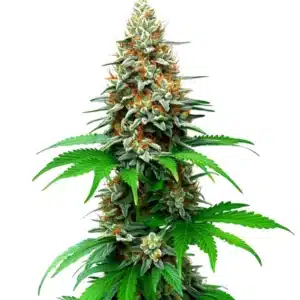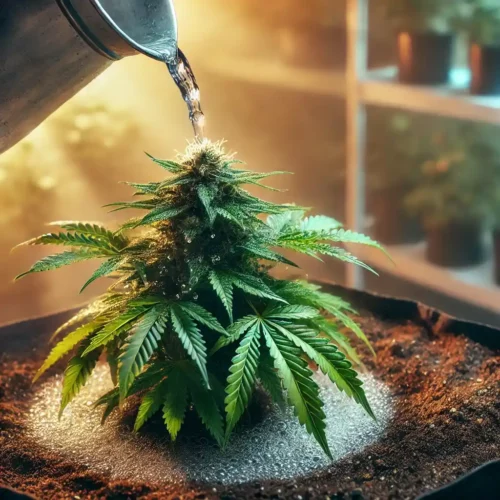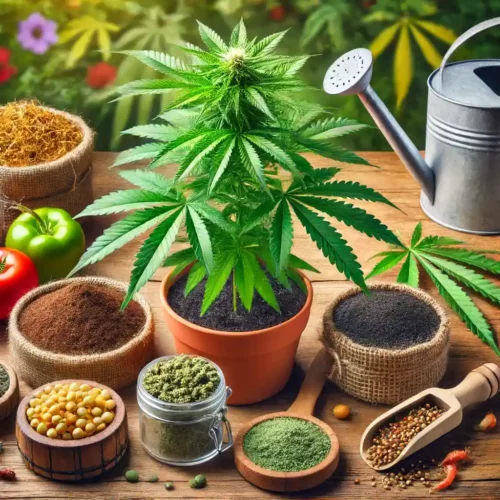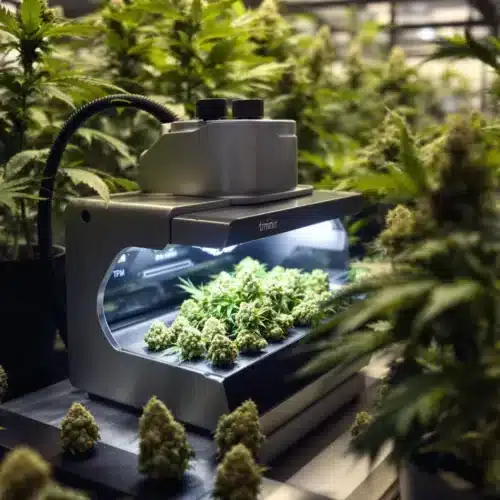Importance of Flushing in Cannabis Cultivation
Purpose and Benefits of Flushing
Flushing is a pivotal step in the cannabis cultivation process, aimed at ensuring your plants are free from any residual nutrients and chemicals. The primary purpose of flushing cannabis plants before harvest is to cleanse the plant’s system, removing any built-up salts and nutrients that could affect the plant’s natural flavor and aroma. By doing so, you’re essentially preparing your plants for the best possible yield in terms of taste and quality. This step can make a significant difference in the overall enjoyment of the final product for consumers and cultivators alike.
The benefits of this process extend beyond just the final taste profile. Flushing cannabis plants helps in producing a smoother smoke, reducing the likelihood of experiencing harshness or chemical tastes that can detract from the overall experience. It encourages the plant to use up its remaining internal resources, leading to a product that is purer and often more potent. Therefore, understanding the purpose and benefits of flushing is essential for anyone serious about cannabis cultivation.
Impact on Final Product Quality
The quality of the final product is undeniably linked to how well you flush your cannabis plants before harvest. When done correctly, flushing can enhance the potency and purity of your buds, ensuring they are free from impurities and excess nutrients. This is particularly important for those who wish to produce high-grade cannabis that stands out in both aroma and flavor.
Moreover, the process of flushing has a direct impact on the plant’s biochemical processes. By removing excessive nutrients and salts, the plant can focus on developing its cannabinoid profile, potentially resulting in higher THC or CBD content depending on the strain. The absence of unwanted chemicals also means that the natural terpenes can shine through, offering a more authentic representation of the strain’s characteristics. Ultimately, the impact on the final product is profound, making flushing an indispensable step in the cultivation process.
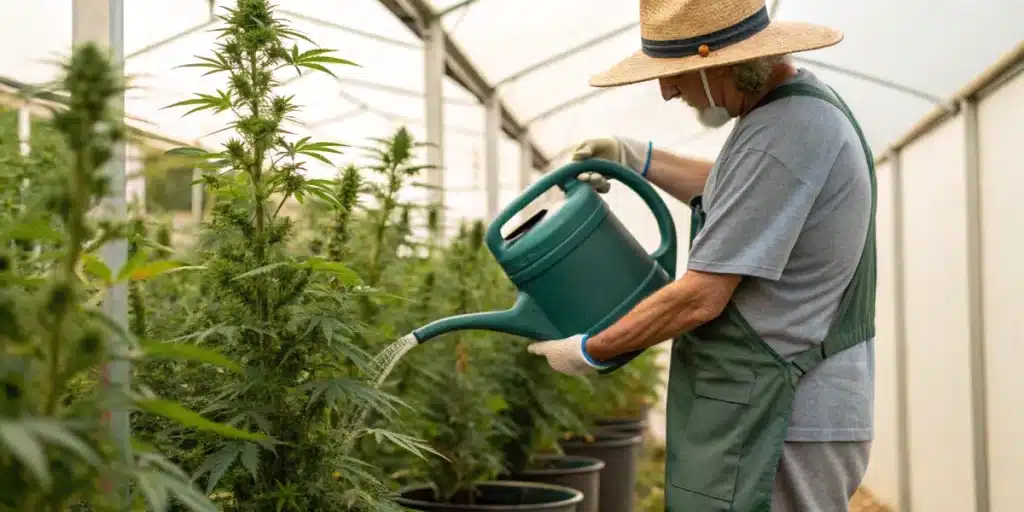
Promos & Deals
Methods for Effective Flushing
Water-Only Flushing Techniques
One of the most straightforward methods for flushing cannabis plants is using water-only techniques. This involves ceasing the use of any nutrient solutions and watering your plants with plain water. The idea here is to allow the plant to naturally eliminate excess nutrients and chemicals over several waterings. Start this process approximately one to two weeks before the anticipated harvest date to ensure the plants have enough time to flush out impurities.
It’s important to use water that is free from chlorine and other additives, as these can interfere with the flushing process. If possible, opt for filtered or distilled water to ensure the purest flush. Regular monitoring of the plant’s response to water-only flushing is crucial, as it will help you gauge when the plant has been adequately flushed and is ready for harvest. This technique is widely favored for its simplicity and effectiveness, particularly for smaller-scale growers.
Nutrient-Free Flushing Approaches
Beyond just water-only methods, some cultivators employ nutrient-free flushing approaches that incorporate specific additives designed to facilitate the removal of residuals more efficiently. These flushing agents are formulated to bind with nutrients and salts, helping to expedite their expulsion from the plant’s system. Adding these agents to your water can accelerate the cleaning process, potentially reducing the time needed for flushing.
However, it’s essential to choose a flushing agent that is compatible with your specific cultivation setup and strain requirements. Not all products are created equal, and some might not be suitable for organic grows or certain hydroponic systems. Always follow the manufacturer’s instructions carefully to avoid any adverse effects on your plants. Nutrient-free flushing approaches can be particularly beneficial for larger operations where time and efficiency are of the essence.
Preparation Steps for a Successful Flush
Assessing Plant Health Prior to Flush
Before initiating the flushing process, it’s crucial to assess the overall health of your cannabis plants. Look for signs of nutrient burn, pest infestations, or any other stress indicators that might affect the plant’s ability to recover post-flush. Healthy plants are more likely to respond positively to the flushing process, using their internal resources efficiently to eliminate unwanted elements.
Take note of the plant’s coloration and leaf health. Yellowing leaves can indicate nutrient deficiencies, which might be exacerbated by flushing if not addressed beforehand. A comprehensive health assessment allows you to make informed decisions regarding the timing and method of flushing, ensuring your plants are as robust as possible going into this critical phase.
Adjusting Growing Conditions
Adjusting the growing conditions is a key component of preparing for a successful flush. This involves ensuring that the environment is optimal for the plant’s recovery and continued growth. Pay attention to factors such as light intensity, temperature, and humidity, as these can all influence how effectively the plant can process and eliminate residual nutrients.
Reducing the amount of light can sometimes help in lowering the plant’s metabolism, giving it more time to use up stored nutrients. Similarly, maintaining a stable temperature and humidity level can prevent additional stress on the plants during the flush. By optimizing these conditions, you’ll create an ideal environment for your plants to thrive and recover during and after the flushing process.
Post-Flushing Maintenance and Observation
Monitoring Plant Recovery
After the flush, it’s essential to monitor the recovery of your cannabis plants closely. This period is crucial for assessing the effectiveness of your flushing technique and ensuring that the plants are on track for a bountiful harvest. Look for changes in leaf coloration, bud development, and overall plant vigor as indicators of a successful flush.
Continue to observe the plants for any signs of stress or deficiency, adjusting your care routine as necessary. Recovery times can vary depending on the strain and growing conditions, so patience and attentiveness are key. Proper monitoring post-flush ensures that your plants are fully prepared for harvest and that no residual chemicals remain in the final product.
Adjusting Water and pH Levels
Once the flushing process is complete, adjusting water and pH levels becomes a critical step in ensuring plant health. Returning to a balanced nutrient regimen is important for maintaining growth and preparing for the final stages of the flowering cycle. Use pH-balanced water to prevent any further stress on the plants and to facilitate the absorption of any remaining natural nutrients.
Regularly check the runoff water to ensure the pH remains stable, as fluctuations can lead to nutrient lockout or other growth issues. By carefully managing these factors, you’ll support your plants in producing the best possible yield, both in terms of quantity and quality. Proper water and pH management post-flush can have a lasting impact on the success of your harvest.
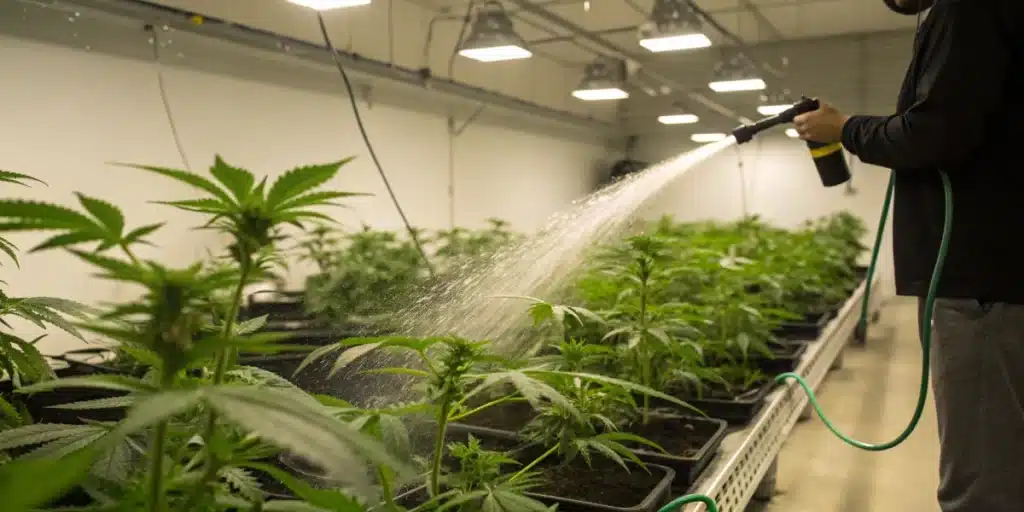
FAQs about How to Flush Cannabis Plants before Harvest
Why is flushing important before harvest?
Flushing cannabis plants before harvest is important because it ensures that the plant is free from any residual nutrients or chemicals that can affect the final product’s flavor and quality. This process helps in producing a smoother, purer smoke, enhancing the overall enjoyment of the cannabis.
How long should I flush my cannabis plants?
The duration of the flushing process can vary depending on the growing method and the specific strain. Generally, a flush of one to two weeks before harvest is recommended to allow the plant sufficient time to metabolize and eliminate excess nutrients.
What changes can I expect after flushing?
After flushing, you can expect improvements in the taste and aroma of the final product. The smoke will likely be smoother, and the absence of chemical residues will allow the natural terpenes and cannabinoids to stand out, offering a more authentic experience.


